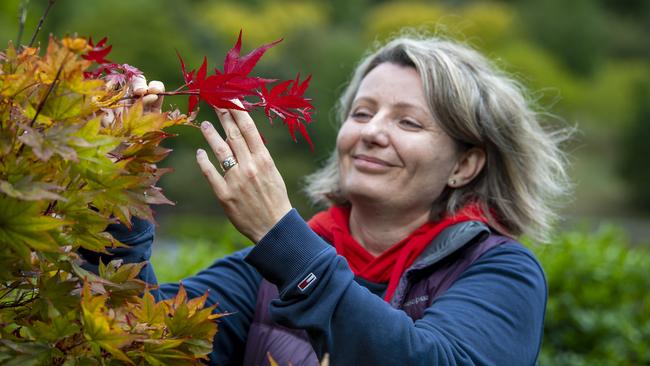Concerns for SA’s agriculture industry as La Nina dries up, warm autumn forecast
There is a chance of a “serious agricultural deficiency,” experts say, as weakening La Nina climate drivers influence a warm and dry autumn – and potentially winter.
SA News
Don't miss out on the headlines from SA News. Followed categories will be added to My News.
Concerns have been raised over South Australia’s agricultural industry as weakening La Nina climate drivers influence a warm and dry autumn.
South Australia is on track to experience above average conditions from March through to May.
Bureau of Meteorology Senior Climatologist David Wilson said there is a chance of a “serious agricultural deficiency” by the end of the season due to the expected below average rainfall.
“There is a 74 per cent chance most of South Australia won’t exceed medium rainfall,” he said.

The trend could also extend into winter.
The BOM Autumn 2022 summary indicates similar temperatures were felt last year, but in contrast the state recorded close to average rainfall, with some locations experiencing their highest autumn daily rainfall on record.
The La Nina climate driver, typically bringing increased rainfall and cooler daytime temperatures, is weakening and likely near its end.
The La Nina climate driver, typically bringing increased rainfall and cooler daytime temperatures, is weakening and likely near its end.
Botanic Gardens and State Herbarium deputy director, of living collections Dr Leonie Scriven is excited for what the change of season brings.
“As the leaves begin to change colour and throughout autumn, we see approximately 100,000 people visit Mount Lofty Botanic Garden and we’re excited for that to happen again this year,” she said.
“We usually see the leaves on our Ash and Maple trees change colour first, while the popular Oak trees tend to change throughout the middle of the season.
“The Liquidambar trees are even later than that and can sometimes not start to show colour changes until the early parts of winter.



